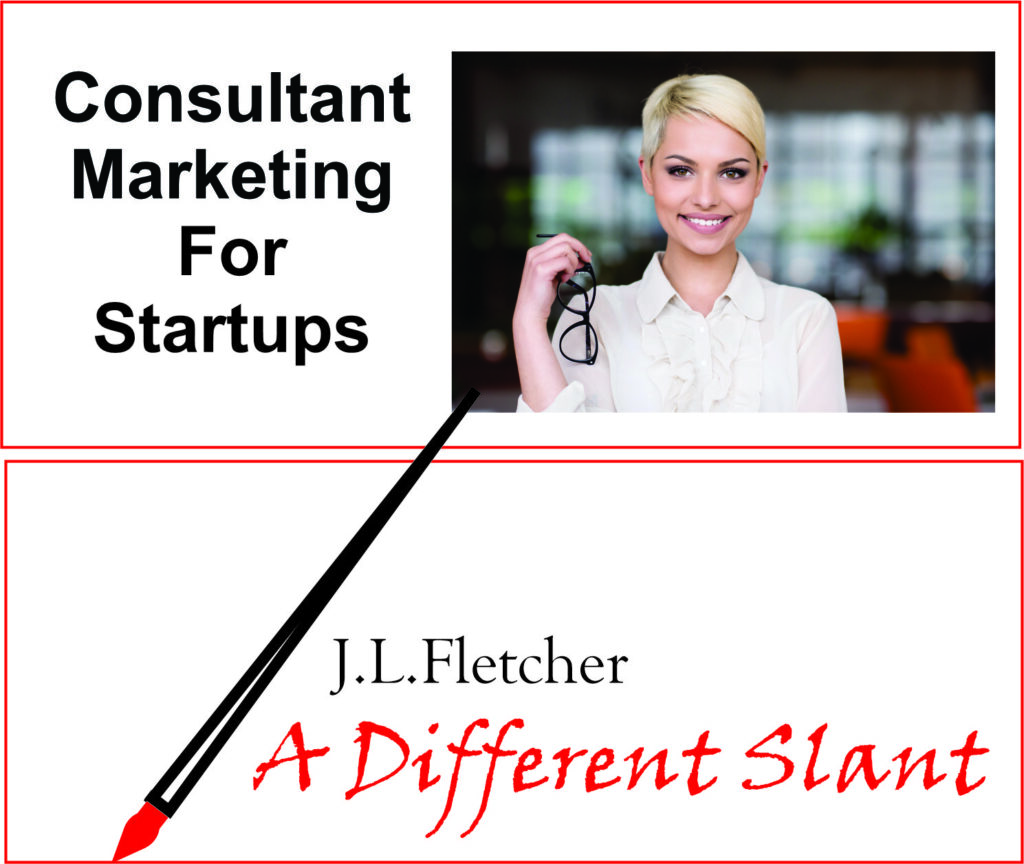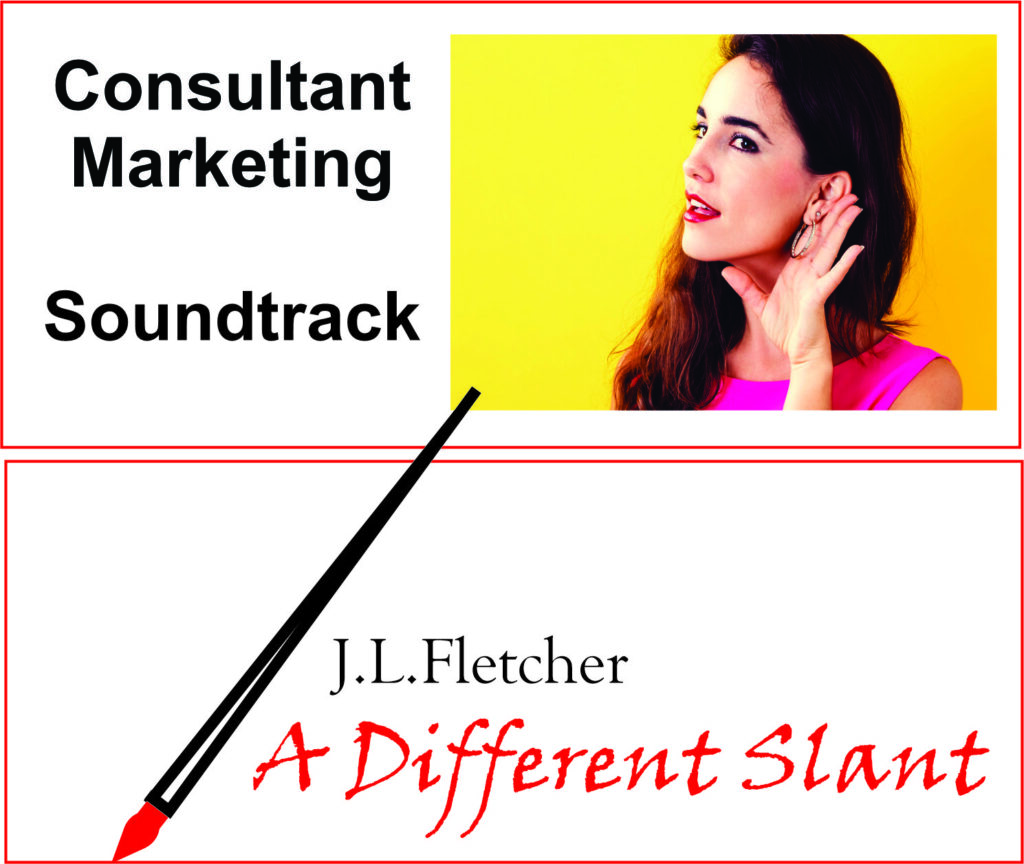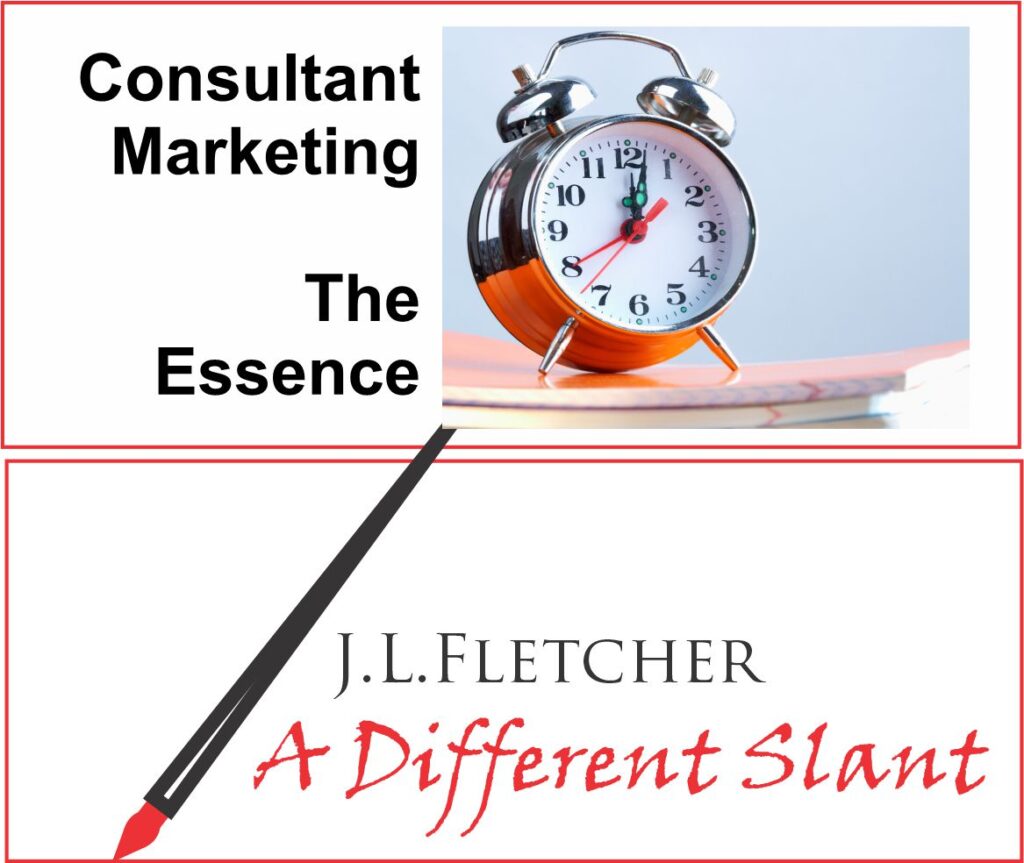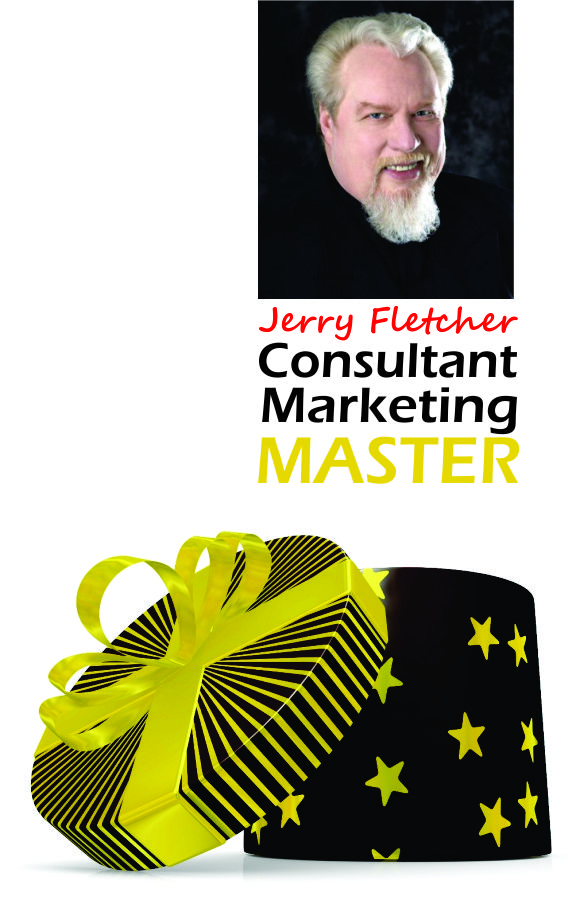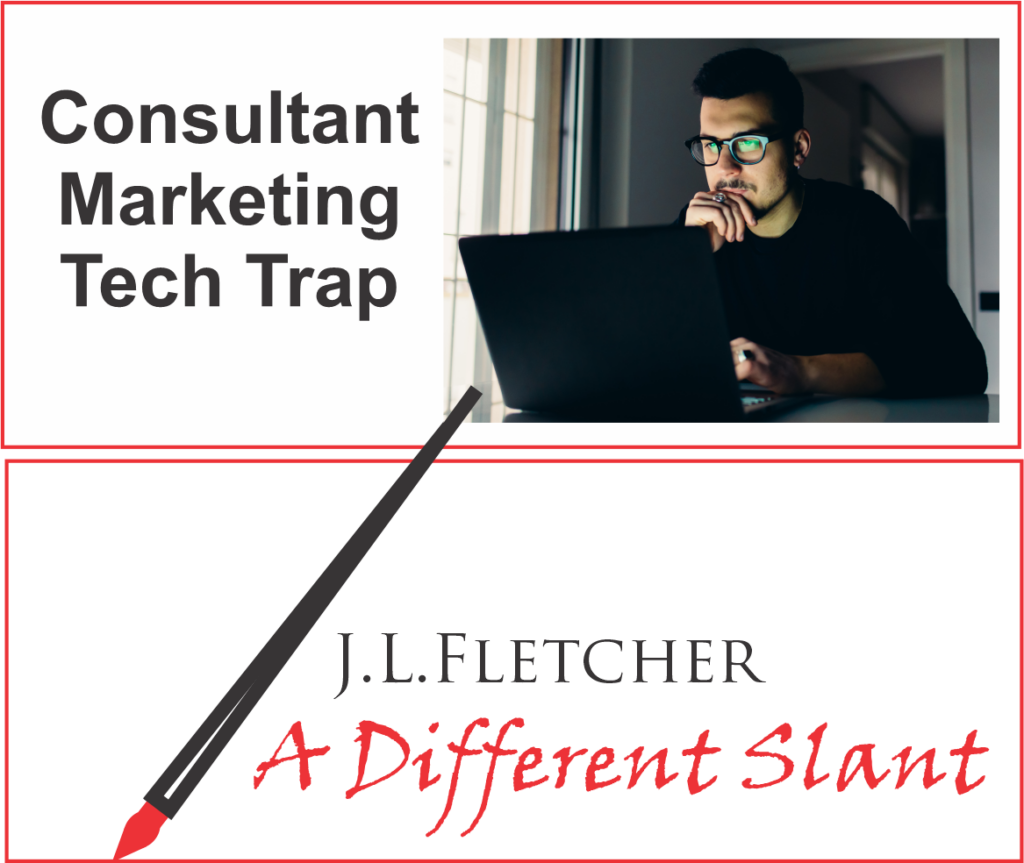
It’s great until it isn’t.
It can be the backbone of the sharing of your body of intellectual property or it can delay the release by days, weeks or months or, in some cases years.
Change
The inherent problem as well as solution with technology is that It keeps changing. Engineers and software designers keep trying to simplify things and, in my view, have achieved wonders. On the other hand as they make things like template driven websites they take away a great deal of creativity in the design. They have made it nearly impossible to intentionally misspell a word. Your spreadsheet won’t compute if your formulas are fongooled. Your presentation slides look good even if they have too many words.
The changes can be incredibly powerful like a search engine that does complex Boolean searches based on answers to questions in English. Or would you have imagined the explosion of meetings software that has occurred in the last six months? The best software has the ability to simplify complex operations and make understandable answers available speedily.
This last week, I got caught on the bad side of the cusp of change multiple times.
Logging in
Cristy, my VA found a piece of software to solve a problem we had been working on to incorporate audios into my Newslog on a regular basis. She suggested I fire it up and get conversant with it. I tried. Oh how I tried. Instead of the usual Username and password approach the site sent me a special key to use to open up my personal part of the site. When I tried it I was advised that my browser software was unacceptable and that I must use one of two which I try never to use. In order to use the key I would have to make one of those browsers my standard. 45 minutes later I figured out how to hook up using a username and password.
Yes, they were trying to make their product better than all the others out there. But they didn’t consider the customer’s viewpoint. I don’t care about having a new way to register. I don’t have time to switch browsers and learn a new system just because it is new.
Software is a tool. It needs to accomplish the task it was designed to do. It needs to be as easy to start and stop as picking up a wrench and putting it down to select a screw driver instead. A more complex tool needs to plug into the electrical power outlet and use the power generally available. Don’t tell me I need to put a special new power converter into my basic system. I’m not buying that idea or using that other browser for one piece of software.
Buying in
Most of us are aware of new standards in acceptable e-mail practices. But the companies that supply e-mail services have significant differences in how they respond to those regulations.
Recently, I moved a client to Active Campaign in order to take advantage of their field leading implementation of automated marketing. Having used their services before I knew that even though they would assist in uploading the client’s list that they would insist, at some point, on proof of double opt-in for all subscribers. More importantly, I knew they would not allow use of their system for those verifications.
So we sent out a notification to all 360 subscribers using a double opt-in sign up form from Active Campaign. That request got us 36 subscribers on Active Campaign pushed through their system. I dropped the subscription notice 5 more times to those who had not signed up and we achieved a 15% sign up overall or 48 people. Then my client offered a book in a webinar he was doing with 2 other experts. Six people provided their e-mails. He sent them an Active Campaign form to get their mailing address noting that they would also receive his Executive Letter via e-mail weekly. Five of them signed up. The count is now 53 double opted in using Active Campaigns forms and automations.
In the following week he added six names manually for a final count of 59.
We designed new templates, prepared appropriate content and scheduled a mailing. The mailing was stopped without prior notification and when asked why Active Campaign responded that it did not meet their compliance standards. When queried multiple times the respondents kept changing and all responses were couched in lookups from their manuals. Because my client requested escalation, our inquiry supposedly was handled by a senior compliance officer. At no time did any one in Customer service or compliance deign to pick up a phone.
Opting out
As of yesterday My client elected to accept their money back offer. I followed close behind and have advised two other clients not to use a service I once proudly recommended.
Let me be perfectly clear. Active Campaign though technically superior is not a good option for Automated Marketing as their promotion does not make it clear that there is no guarantee that your mailings will go out even if the criteria they state is met using their own systems! Their staff is not trained to help you accomplish your tasks as they claim but rather to enforce rules and regulations that fail to meet basic tests of reason.
I recommend that you opt out of using Active Campaign and tell everyone you know to do so as well.
Integrating
So I had to find another solution to my need to handle the back end of a Quiz funnel built in Budket IO 2.0. The one piece missing is the integration to an e-mail provider to provide the capability of sending out the reports. I elected to use Kartra for that and so began the adventure of using Zapier to put the two pieces of software together to transfer the necessary data.
I used the directions provided by Bucket and got thorough 4 steps even though nothing looked the same as described. At step 5 things went in the toilet.
I did what has worked for me in the past. I asked for help. Haven’t heard from Bucket yet but Zapier responded immediately via a straight talking bot promising contact with a human. Then this morning I received an e-mail from a human.
Wonder of wonders, a software company/service that understands customer service.
And so it goes.
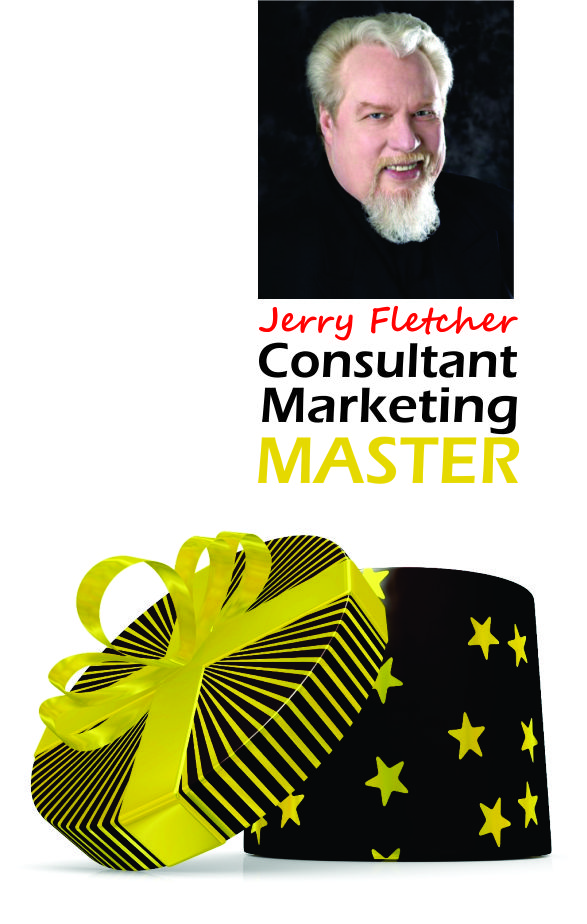
Jerry Fletcher is a sought-after International Speaker, a beBee ambassador, founder and CEO of Z-axis Marketing, Inc.
His consulting practice, founded in 1990, is known for on and off-line Trust-based Consultant Marketing advice that builds businesses, brands and lives of joy.
Consulting: www.JerryFletcher.com
Speaking: www.NetworkingNinja.com


